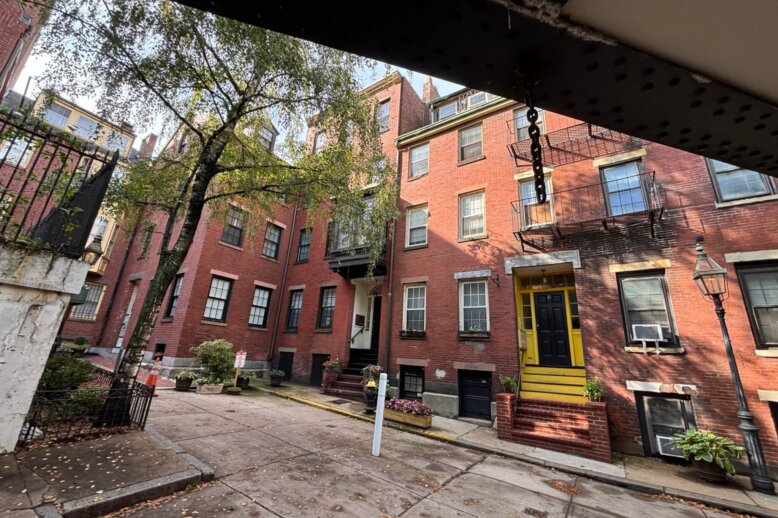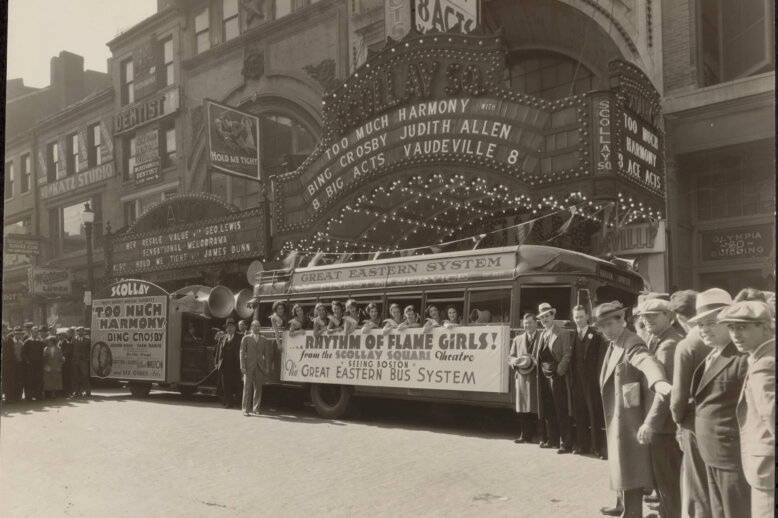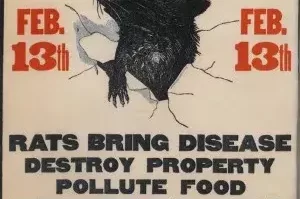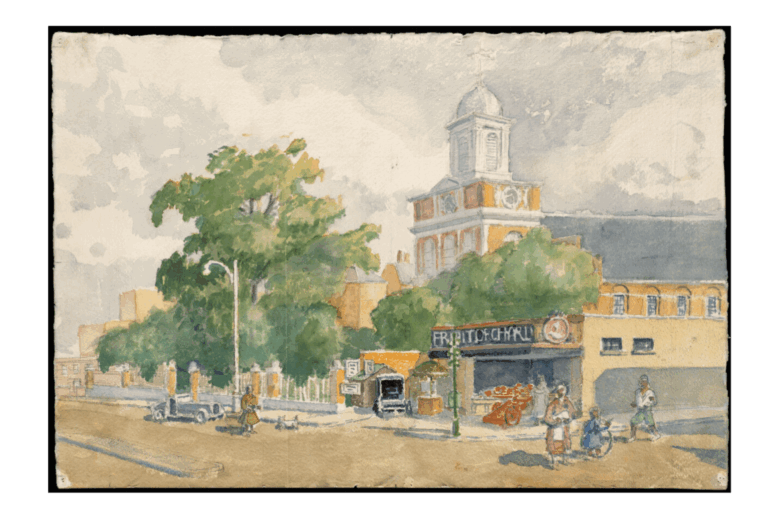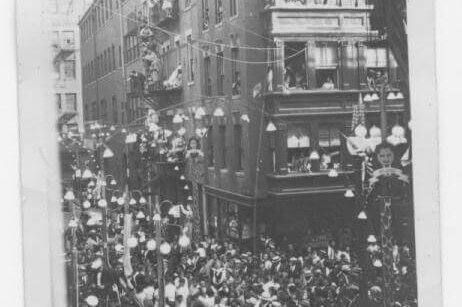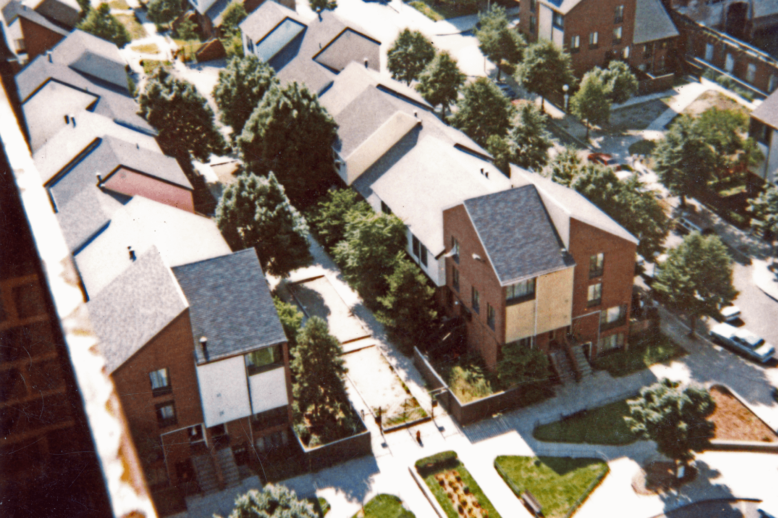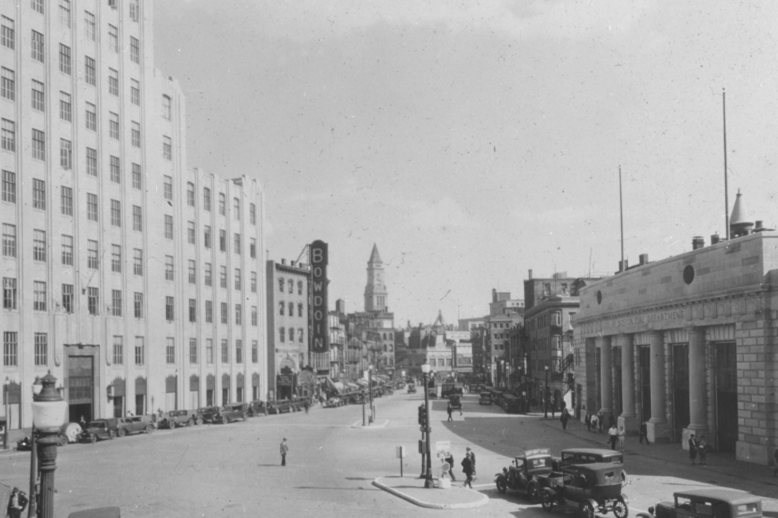Topic: Neighborhood Life
Street corner society, urban villagers, peer group society, life in the immigrant era
Uncovering Lindall Place Tucked away in a cozy nook off Cambridge Street, on the border of the West End and Beacon Hill, tiny Lindall Place can easily be overlooked by passersby. The street is modest in size and camouflaged by the elevated Red Line tracks leading to Charles MGH Station from the Beacon Hill Tunnel…
The Signscape of Scollay Square Scollay Square, Boston’s port-side entertainment center, was full of flashing marquees. Directional signs on theatres, peepshows, and taverns helped people find their way through the maze of cobbled streets and guided crowds to transportation or fun. Though Scollay Square was destroyed by urban renewal, the vibrant electric atmosphere has been…
Boston’s Rat Day of 1917: When the West End Joined a Citywide Rodent War On February 13, 1917, Boston witnessed one of the most unusual civic experiments in its history. The Boston Women’s Municipal League declared war on the city’s rodent population, organizing the first—and as it turned out, only—Rat Day. While this peculiar event…
The West End News: Headlines in the Summer of 1926One Summer in the West End, Part Two Over the course of four months in the summer of 1926, Lou Coffee and Francis R. Whelton published a newspaper by West Enders for West Enders. These papers gave a glimpse into the diverse immigrant neighborhood facing the…
The West End Branch of the Boston Public Library Library service in the West End neighborhood began in 1896 in the Old West Church on the corner of Cambridge and Lynde Streets. The branch remained there until 1960 when the West End Redevelopment Project forced its closure. In 1968 the current library building opened at…
Joseph Caruso’s novel The Priest (1956) vividly captures daily life for the West End’s Italian immigrant population in the mid-twentieth century, drawing on actual events, historical landmarks, cultural rituals, and economic challenges which shaped the West End community for generations.
During the mid-20th century, Boston targeted the South End for urban renewal, alongside the West End and other low-income communities across the city. Responding to impending displacement, the South End’s Puerto Rican residents organized to take control of their community’s destiny, forming the Emergency Tenants’ Council (ETC) and successfully negotiating the right to redevelop the land themselves. The result was Villa Victoria—a community-planned and operated housing development that would become the center of Latino life and culture in the South End. Unlike top-down redevelopment schemes that displaced residents, as happened in the West End, Villa Victoria emerged from the community’s own vision and struggle.
Bowdoin Square has gone through many phases, including rapid development, growing population, changing fortunes, urban renewal, and attempts at revitalization. Today the name survives mainly in the name of an MBTA station, but examination of Bowdoin Square provides insight into two and a half centuries of Boston history. This article, the second part of two, covers the history of the square in the twentieth and twenty-first centuries.


